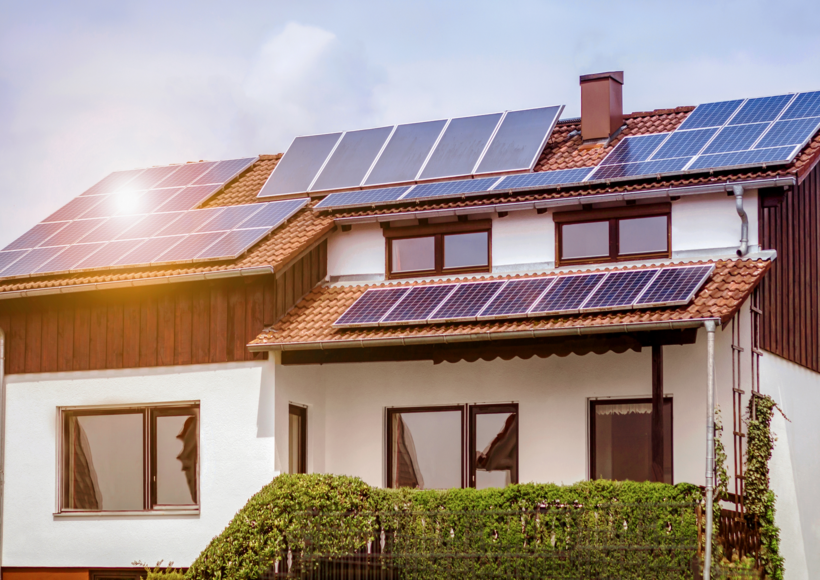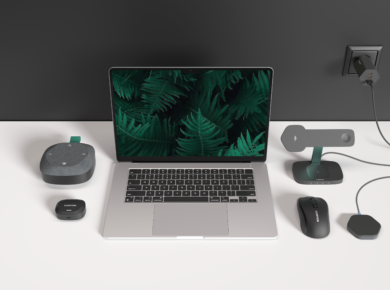When we think of solar energy in 2024, the first thing that comes to mind are the smart systems powering many homes and providing clean energy with the help of solar panels. But the use of the sun’s energy to power and sustain livelihood dates centuries back.
To better understand the invention of this device and explore ways to make the right choice for your needs, let’s dive into the solar panels’ history.
Background of The Solar Panel: Solar Energy Throughout Centuries
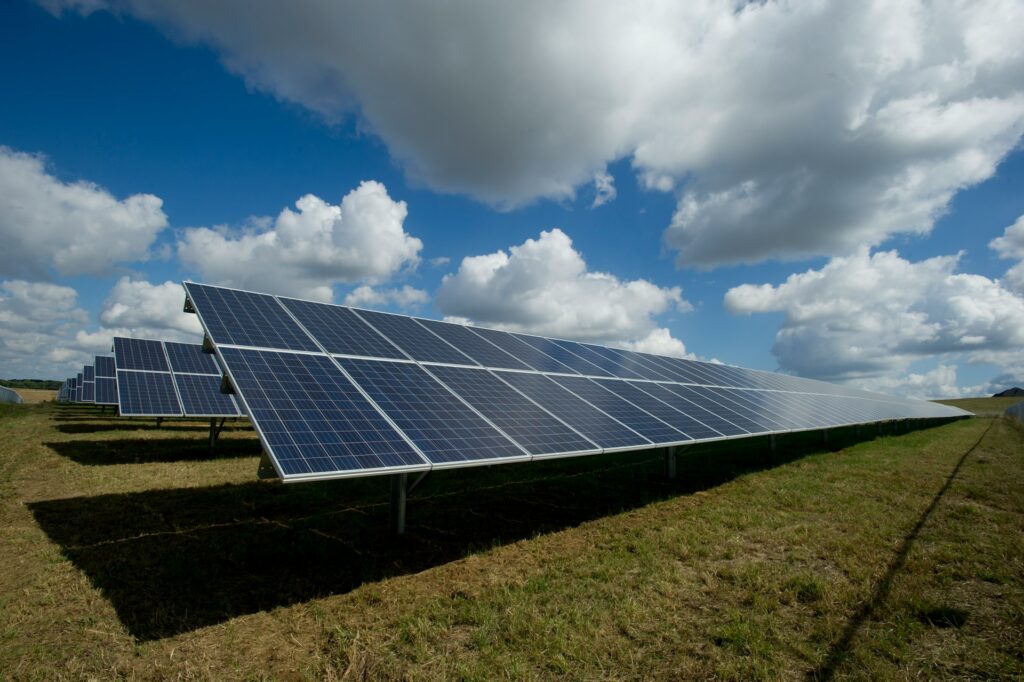
Let’s go through a brief history of solar energy. The first instances of solar energy use by humans were documented as far as the 7th century B.C. At that time, people used sunlight to light fires with more ancient alternatives of the magnifying glass. Early uses of the sun focused mostly on utilizing its energy as a heat source. For example, in the Ancient Egyptian civilizations, buildings were designed to maximize light entry and warmth.
Later, in the 3rd century B.C., the Greeks and Romans supposedly harnessed solar power with mirrors to light torches for religious ceremonies. These mirrors became tools referred to as “burning mirrors” and were used for a variety of rituals relevant to those times. In 20 A.D., Chinese civilization used such mirrors for the same tasks.
Another early use of solar energy, still popular today, was the concept of “sunrooms” in buildings. These rooms used large windows to focus sunlight into one area. Some Roman bathhouses, often located on the south-facing side of buildings, were sunrooms. Later, in the 1200s A.D., the Anasazi, ancestors of the Pueblo Native Americans, built south-facing homes on cliffs to capture the sun’s warmth during the cold winter months.
Then, in 1700-1800s, researchers used sunlight to power ovens for long voyages and to run solar-powered steamboats. Clearly, even thousands of years ago, relying on the power of the sun was a common practice.
Invention Of The Solar Panel
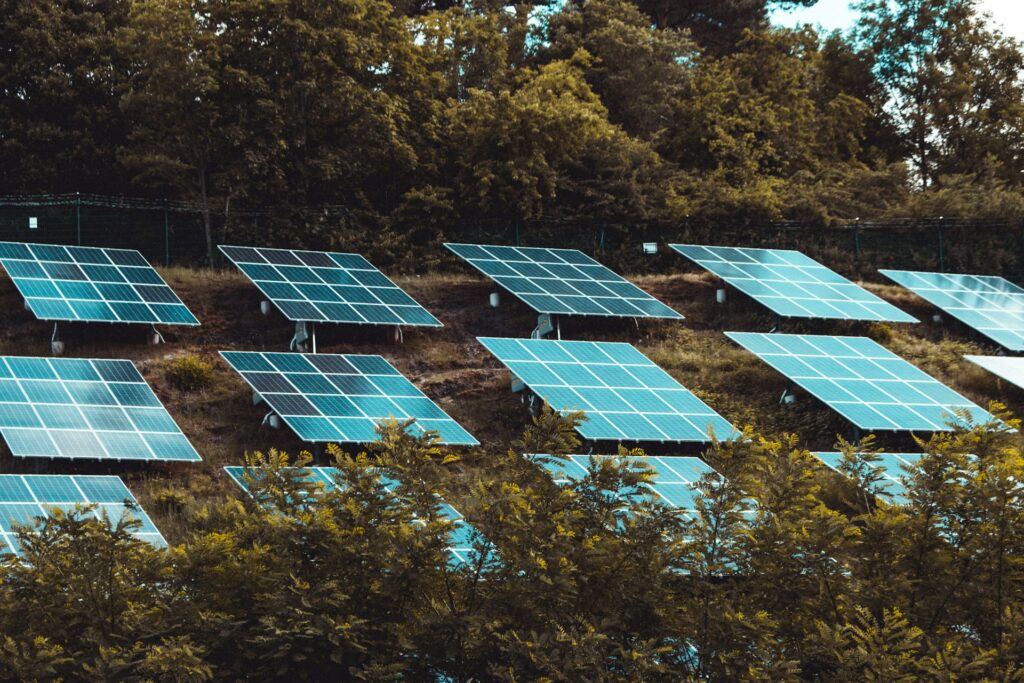
So, how did solar panels come to be?
The development of this technology was a gradual process, and people still debate about the exact timeline and who should be credited for the invention. Some attribute the creation of the solar cell to French scientist Edmond Becquerel. In 1839, while experimenting with metal electrodes and electrolyte solutions, Becquerel discovered the photovoltaic effect, where light exposure creates an electric current in a material. This discovery proved that sunlight could be converted into electrical energy and influenced later PV developments.
In 1873, Willoughby Smith discovered selenium’s photoconductive potential. This led to William Grylls Adams and Richard Evans Day discovering that selenium generates electricity when exposed to sunlight in 1876. In 1883, American inventor Charles Fritts designed and installed the world’s first rooftop solar array on a New York City rooftop. Using selenium wafers to generate electrical current, this prototype achieved about 1% efficiency. Still, it demonstrated the practical potential of solar energy and earned Fritts recognition from some historians as the true inventor of solar cells.
A key breakthrough occurred in 1905 when Albert Einstein published a paper on the photoelectric effect, for which he later won the Nobel Prize in Physics. Einstein’s work explained that light consists of energy packets called photons, enhancing the understanding of the photovoltaic effect.
However, modern solar cells are made with silicon, not selenium. Thus, many attribute the true invention to Daryl Chapin, Calvin Fuller, and Gerald Pearson, who created the silicon photovoltaic (PV) cell at Bell Labs in 1954. This was the first instance where solar tech powered an electric device for several hours a day.
The solar industry continued to grow throughout the 1990s, and from the 2000s, solar power started to become accessible for everyone.
Types Of Solar Panels
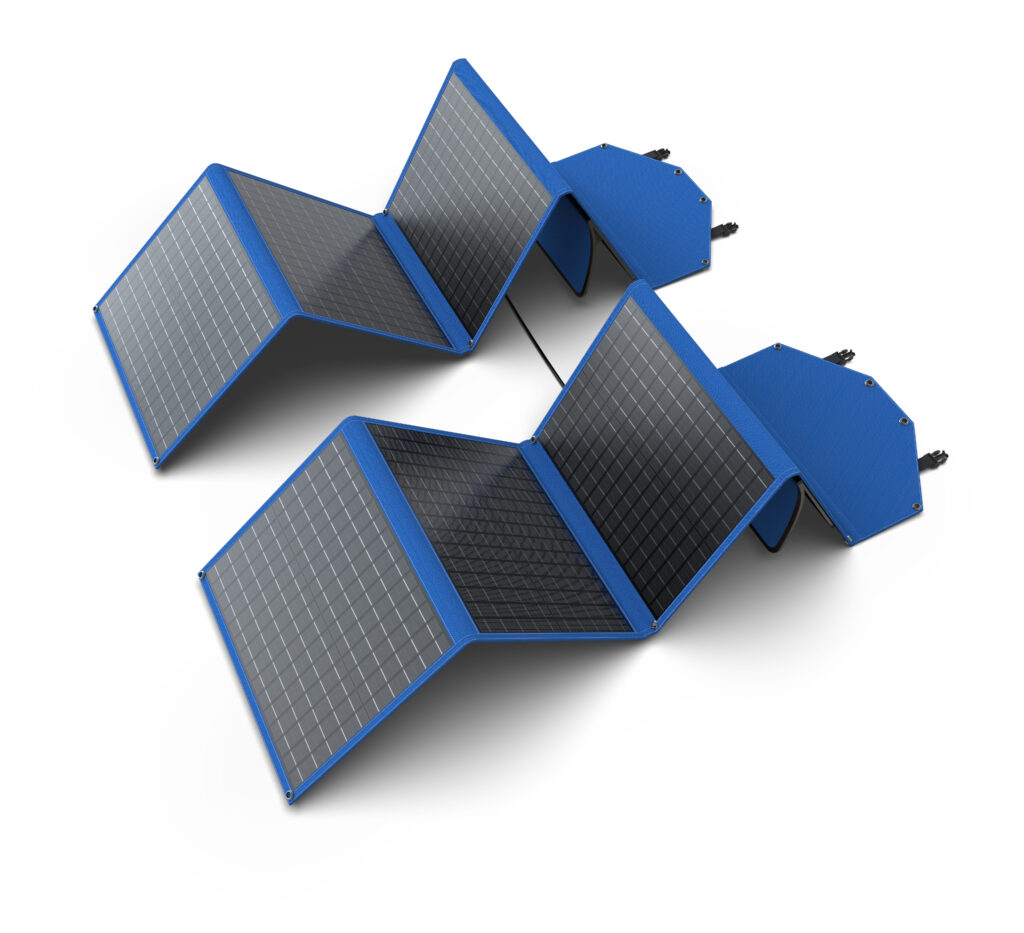
Foldable solar panels by Canyon.
Choosing the right option for your household can feel unnecessarily complex, especially if you are new to this type of technology. Plus, it’s quite a big investment.
We’ve done some research on the best device options for modern households, and we want to help you make an informed decision for your home. Let’s explore the types of solar setups on today’s market.
To begin with, there are three main types of solar panels: monocrystalline, polycrystalline, and thin-film. Monocrystalline and polycrystalline devices are typically used for home installations, while thin-film options are often used for smaller projects, like powering an RV or shed.
Monocrystalline
Monocrystalline ones are generally the most expensive type of solar panel. The average cost of these is between $1 and $1.50 per watt, but prices differ based on location. Their high price comes from the fact that these solar cells are made from a single crystal, using the Czochralski process, which also results in some wasted silicon. But, this wasted silicon can be repurposed for manufacturing polycrystalline solar cells.
The pros and cons of monocrystalline panels are their high efficiency and performance and higher costs, as a result. They can reach 22% efficiency and provide over 300 watts of power capacity, with many exceeding 400 W. Both monocrystalline and polycrystalline options usually come in 60, 72, and 96 silicon cell options. In this case, their lifespan is 25+ years. They are the most common type of device for residential systems because they’re perfect for roofs with limited space and offer maximum efficiency.
There are several types of monocrystalline devices, and each type has unique advantages and varies in cost, efficiency, and application, with some being more suitable for ground-mounted systems. Here they are:
- Roof tile: These are costly but have the best aesthetics and maximize fill factor.
- Interdigitated back contact: These are durable, have no visible busbars on the front, and are very efficient.
- Passivated emitter and rear contact (PERC): These cells are modified to produce 6% to 12% more energy than conventional solar panels.
- Bifacial: These can capture sunlight from both the front and back, which makes them popular for ground-mounted systems.
Polycrystalline
Polycrystalline solar panels are the cheaper ones. They cost between 90 cents to $1 per watt. Their cells are made from silicon fragments instead of a single, pure silicon crystal. So, the cell manufacturing process is simpler and cheaper for manufacturers and homeowners who install the device.
The pros and cons of polycrystalline are lower costs, but lower efficiency and performance. Compared to monocrystalline, it’s challenging for this option to maintain high efficiency when it’s hot outside.
Thin-Film
Thin-film solar panels have lower efficiencies – around 11%. They cost between $1 and $1.50 per watt, and also have a shorter life span, 10 to 20 years, which makes them rarely used for residential purposes. These are the most popular option when it comes to installing a portable or DIY solar system, like on an RV or boat. The thin-film option is also used for commercial roofs that cannot support the extra weight of traditional solar equipment.
They also don’t come in uniform sizes: the device’s power capacity may vary based on physical size. The power capacity per square foot of monocrystalline or polycrystalline devices exceeds that of thin-film.
The pros and cons of thin-film are lower costs, but also lower efficiency and performance. Overall, installing thin-film solar panels is usually less expensive because they are lighter and easier to handle, which simplifies the installation process. As a result, labor costs are generally lower.
How To Choose The Right Solar Panel For You
When it comes to selecting a solar setup for residential installation, we recommend being very clear about your needs and current capabilities.
Of course, opting for a more expensive and lasting solar system is better – this way, you’ll enjoy more energy and longer lifespan. But, if costs are a dealbreaker, go for a budget-friendly option that may not have it all, but will get the job done.
Here’s a quick rundown of factors you might want to consider while looking for your perfect solar setup:
- Efficiency: Energy efficiency rate of the solar panel.
- Rooftop area: Available space for solar setup installation.
- Aesthetics: How the device will look on your property. Note: nice aesthetics can increase property values.
- Temperature coefficient: How the device functions in different temperature conditions.
- Lifetime warranty: Duration of the warranty offered by the manufacturer.
- Budget: Overall cost of the solar system, including installation and maintenance.
- ROI expectations: Balance between costs and payback.
- Energy output: Amount of energy produced by the solar system.
- Panel lifespan: Expected useful life of the solar setup.
- System reliability: Dependability of the solar system over its lifetime.
Summing Up
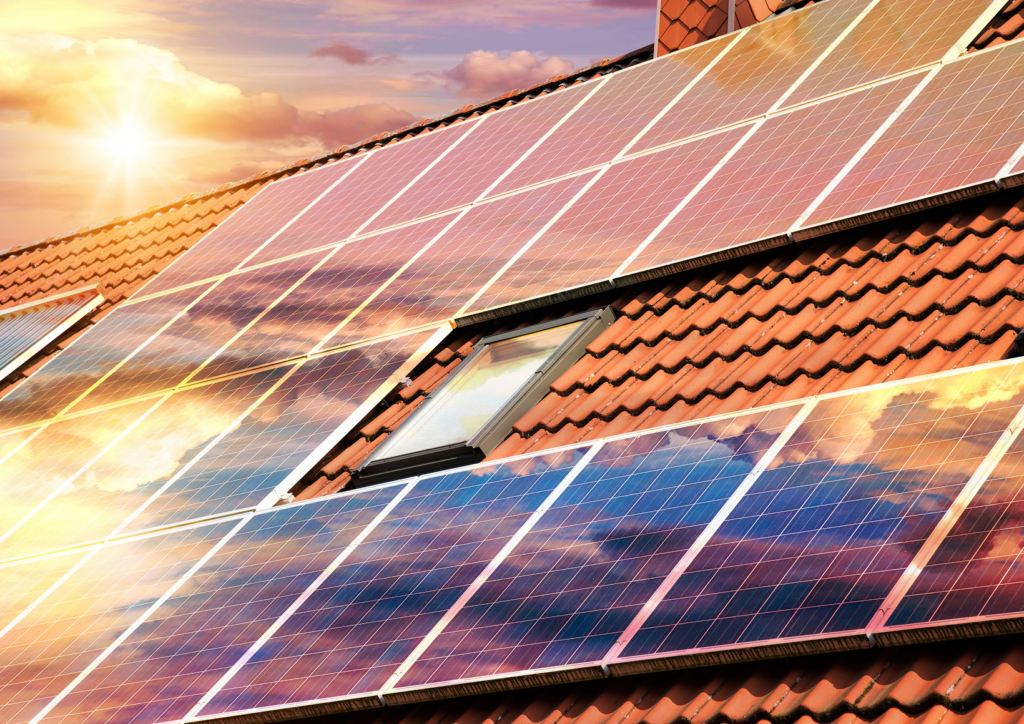
From ancient sunlit fires all the way to today’s modern solar systems, the journey of solar energy has been remarkable. Today’s solar setup options fit different needs; hopefully, our recap of panel types will help you make a balanced and well-informed choice for your home and enjoy sustainable energy for years to come.
